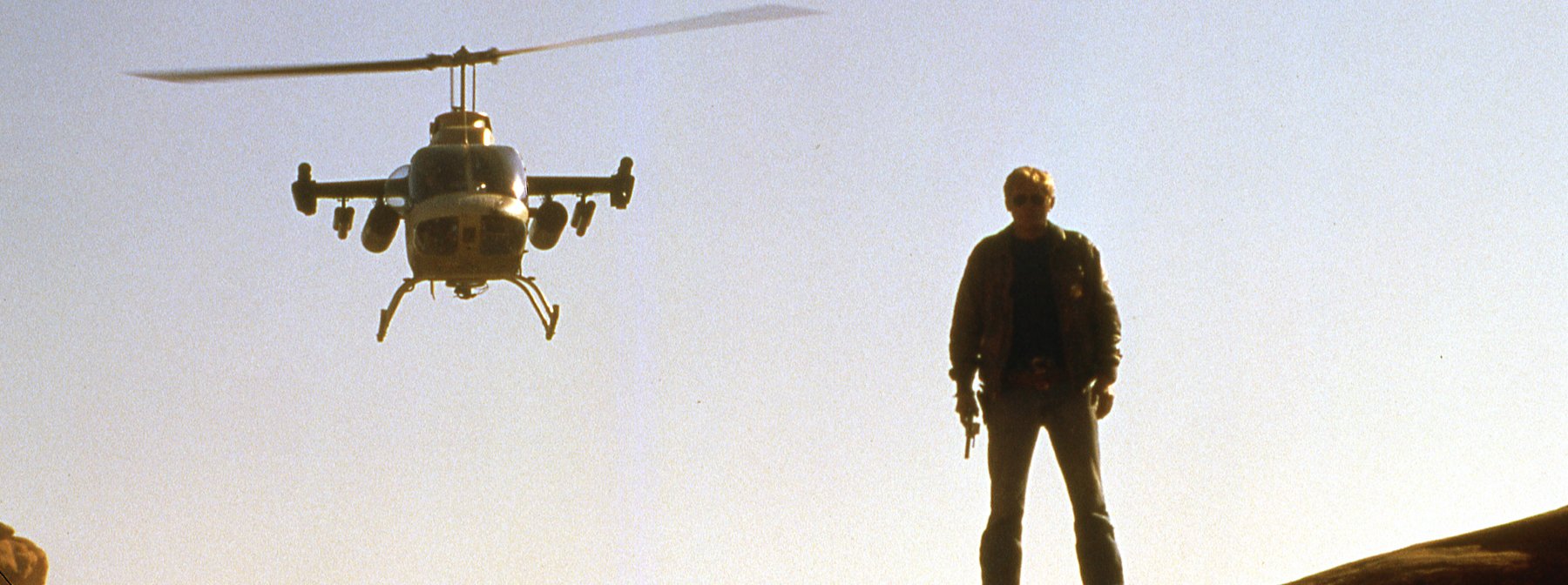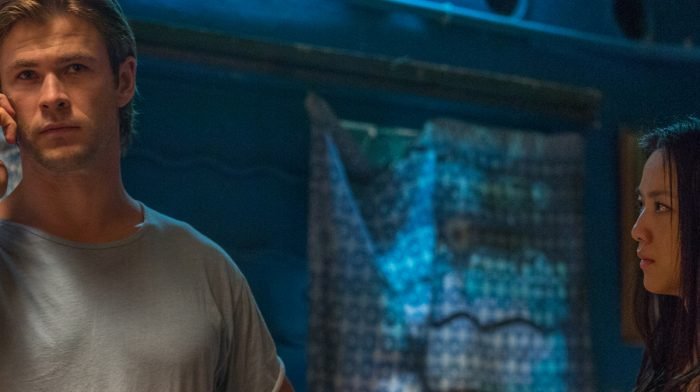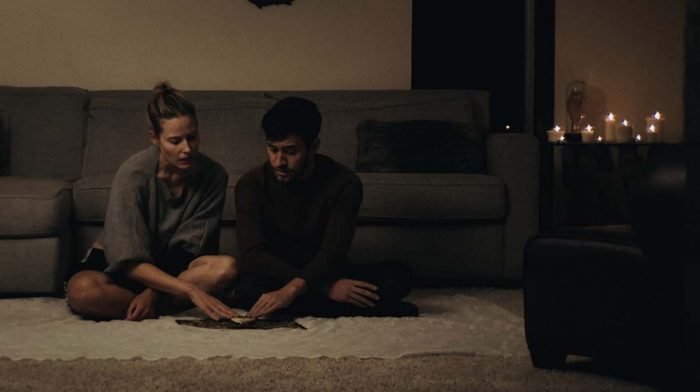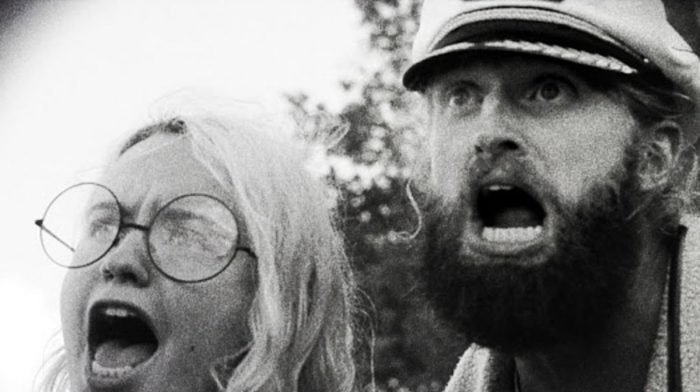The humble VHS tape – despite widespread mainstream consideration as a long-dead, outdated, even forgotten medium – nonetheless still inspires unparalleled feelings of warmth, nostalgia, and appreciation among film fans and collectors of certain ages. Eyes welling with childhood memories of endless browsing in video rental shops. Memories made by the satisfyingly hands-on practice of rewinding a tape. Chunky plastic or cardboard-slipped spines stacked on shelves like sacred texts. It’s even not uncommon in recent years to see stores stocked with Blu-rays and 4K discs dressed in their best VHS-emulating editions, emulating the pleasingly stout packaging of days gone by. Like the vinyl record, VHS has for years seemed perfectly poised for a nostalgia-fueled resurgence – yet it’s never happened, despite the obvious affection and built-in market. It’s as if the medium is cursed.
Origins
The notion of an object imbued with a deadly curse no stranger to horror fiction. Jacques Tourneur’s Night of the Demon (1957), based on the fabled M.R. James short story “Casting the Runes”, quite literally passes its curse from person to person through the possession of series of runes scribbled on paper. The legendary BBC teleplay The Stone Tape (1972) – written by Nigel Kneale of Quatermass fame – explores the notion of ancient stones acting as recording and preservation devices for past events[1].
Hideo Nakata’s Ring (1998) – based on the 1991 novel by Koji Suzuki – provides a thoroughly late-20th century updating of a curse’s passing, presenting a deadly VHS tape that allegedly kills its viewer seven days after viewing – unless the curse can be passed to a subsequent viewer, all linked to the mysterious murder of one Sadako Yamamura (Rie Ino). A staggering box office success in Japan and widely acclaimed by critics worldwide, Ring spawned several sequels (the first of which was released simultaneously on the same day as Nakata’s film), spin-offs, an inevitable American remake (as well as a Korean one), and ultimately changed the face of J-horror forever.

Never has a well been so terrifying.
In the subsequent decades since its release, Ring has been widely credited with revitalizing the J-horror genre, as well as proving indelible influence on future horror films not only in Japan but the world over. Kiyoshi Kurosawa’s Pulse (2001), Takashi Shimizu’s Ju-on: The Grudge (2002), Hideo Nakata’s Dark Water (2002), and Higuchinsky’s Junji Ito adaptation Uzumaki (2000) all followed in the wake of Ring’s success and enjoyed similar international acclaim.
Ring’s first sequel, George Lida’s Spiral – also based on a novel by Suzuki – was released simultaneously with Ring but shared none of the former’s critical acclaim or box office success. In an early example of what would now – perhaps unfairly – be considered “course correction”, Ring 2 was released in 1999, ignoring the events of Spiral and with Nakata returning to direct. The first franchise entry not based on a Koji Suzuki novel, Ring 2 was another major success, becoming the second-highest grossing Japanese film of the year.
Sequels and Remakes
With a franchise now feasible, Ring 2 was followed by a prequel the following year – Ring 0: Birthday, loosely based on Suzuki’s short story, “Lemon Heart”. Following Ring 0’s release, the Japanese series took a break until 2012 with the release of Sadako 3D, directed by Tsutomu Hanabusa. Adapted from Suzuki’s “S” (released the same year), 3D resumed the aborted narrative from Spiral, and was followed by a direct sequel, Sadako 3D 2, the following year.
Following in the mighty crossover footsteps of King Kong vs. Godzilla (1962), Freddy vs. Jason (2003), and AVP: Alien vs. Predator (2004), 2016 saw the release of Sadako vs. Kayako, a heavyweight grudge match between J-horror’s most famous ghouls. Hideo Nakata made a return to the franchise with Sadako in 2019, loosely based on “Tide”, the final entry in Suzuki’s book series.
Taking up the mantle handed down by the likes of The Magnificent Seven (1960), The Outrage (1964), and Roland Emmerich’s Godzilla (1998), 2002 saw the release of Ring’s inevitable American remake. Gore Verbinski – of Pirates of the Caribbean (2003) and Rango (2011) fame – directed Naomi Watts in a surprisingly well-received adaptation that reached the top of the US box office upon release, and even marginally outgrossed Nakata’s original in Japan.
Verbinski’s film paved the way not only for further entries in an American franchise (including The Ring Two in 2005 and Rings in 2017), but also a initiated a brief but intense period where English-language remakes of East Asian horror films were all the rage. These included – but were far from limited to – The Grudge (2002) [2], Dark Water (2005), Shutter (2008) and The Eye (2008). Away from direct remakes, Ring also helped steer American horror away from the slasher dominance of the ‘80s and ‘90s and – along with The Blair Witch Project (1999) – helped steer genre filmmakers toward a more restrained, atmospheric approach, perhaps even anticipating the current trend of so-called “elevated” horror.

Journalist Reiko (Nanako Matsushima) finds out if too much TV is bad for your health.
Legacy
Ironically, Ring’s most profound and far-reaching influence could be felt far away from the analogue area: online, deep within the dark realms of analogue horror and creepypasta legends. These largely viral horror subgenres are largely characterised by the corruption of seeming-benign analogue aesthetics with cryptic messaging, low-resolution images, and visuals pastiches of 20th century TV running riot. The cultural influence of the cursed VHS tapes that define Ring and its sequels is indelible to analogue horror’s corruption of outdated electronics as narrative devices, with the subgenre’s fiction regularly shared among groups and small communities – often complete with “warnings” and cautions – creating genuine urban legends in the process.
The quarter-century influence and legacy of Ring and its sequels may indicate an affection (if a somewhat sinister one) for a home video medium reaching the end of its lifetime. Sadako – and the eternal image of the long-haired, white-gowned ghoul – has cemented the world’s image of Japanese horror in the 21st century and remains an internationally recognizable symbol of terror.
If memories of primary school rumours and gossip are anything to go by, even those without direct knowledge of Ring are aware of the notion of a cursed VHS tape that kills those who dare to view it. As the franchise approaches its 25th anniversary and with a new film due later this year, the longevity and prolonged popularity of the Ring series may indicate an evergreen future for VHS after all.
[1] In parapsychology, “stone tape theory” – the idea that spiritual hauntings are analogous to analog recordings, and that physical objects can retain psychic memories of particularly traumatic or emotional events – derives its name from this teleplay. The theory has been extensively portrayed in subsequent fiction, including Shusuke Kaneko’s Godzilla, Mothra, and King Ghidorah: Giant Monsters All-Out Attack (2001).
[2] Takashi Shimizu directed this English-language remake of his own earlier film, Ju-on: The Grudge (2002).








